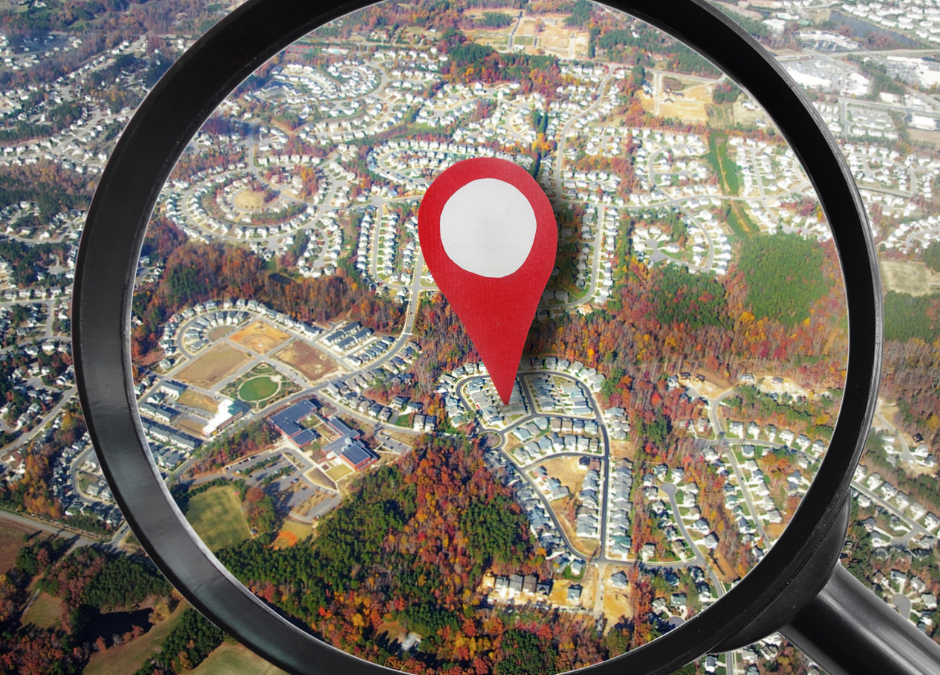Apartment hunting can be exciting, but it’s essential to stay alert. Spotting red flags early can save you from the hassle, financial stress, and regret of choosing the wrong place. This guide will help you identify these warning signs during your apartment search.
Red Flags During Apartment Viewing
During the apartment viewing, it’s crucial to keep an eye out for potential red flags that could indicate underlying issues with the property. Remember, while some issues can be addressed, others may be deal-breakers. Trust your instincts and don’t compromise on safety and comfort.
Poor Maintenance
One of the most visible signs of trouble is poor maintenance. Evidence of neglect, such as peeling paint, cracked windows, broken fixtures, or dilapidated flooring, may suggest that the landlord is not diligent about upkeep. These issues may seem cosmetic, but they can sometimes point to deeper problems and a lack of responsiveness to tenant needs.
Bad Odors
Bad odors are another major warning sign not to be ignored. Persistent unpleasant smells may indicate more serious issues, such as mold, pests, or poor sanitation. Mold can lead to health problems, while pest infestations can be challenging to get rid of. Remember, you’re not just inspecting a space, but a place you’ll call home.
Outdated Electrical or Plumbing Systems
Finally, outdated electrical or plumbing systems can be a safety hazard and lead to inconvenience or even danger down the line. Be alert for signs of old wiring, such as two-prong outlets, which are an indication of outdated electrical systems. Similarly, low water pressure, discolored water, or aged plumbing fixtures could point to problematic plumbing systems.
Red Flags in the Lease Agreement
A lease agreement is a legal document that should clearly state your rights and responsibilities as a tenant.
Inflexible Lease Terms
Watch out for unusual restrictions, high penalties for breaking the lease, or an automatic renewal clause.
Vague Maintenance and Repair Policies
A good lease should clearly define who is responsible for what repairs. Vagueness could leave you footing bills you weren’t expecting.
Hidden Fees
Make sure to understand all the costs, including any additional fees not stated upfront, like utilities, parking, or amenity fees.
Red Flags in the Building and Neighborhood
Consider the security, noise levels, and the overall reputation of the neighborhood.
Inadequate Security Measures
Lack of secure entrances, surveillance systems, or ample lighting can be a major red flag, as these could jeopardize your safety.
Noise Levels
Excessive noise, whether from traffic, construction, or neighbors, can greatly impact your quality of life. Visit at different times to gauge noise levels.
Poor Neighborhood Reputation
Research the neighborhood’s safety, crime rates, and availability of amenities. Sites like NeighborhoodScout can provide valuable data.
Red Flags in Interactions with Landlord or Property Manager
Your relationship with your landlord or property manager is crucial. Watch out for red flags in your interactions.
Lack of Transparency
A landlord or property manager unwilling to answer questions or provide necessary information may lead to communication issues down the line.
Pushy Behavior
High-pressure tactics to sign a lease quickly should raise a red flag. It’s crucial to have enough time to make an informed decision.
Apartment hunting requires attention to detail and a clear understanding of your rights as a tenant. Recognizing red flags can help you avoid a poor choice that could cost you in the long run. Don’t rush, ask questions, and trust your instincts. You’re not just choosing an apartment, but your future home. Stay smart and good luck with your search!


Recent Comments